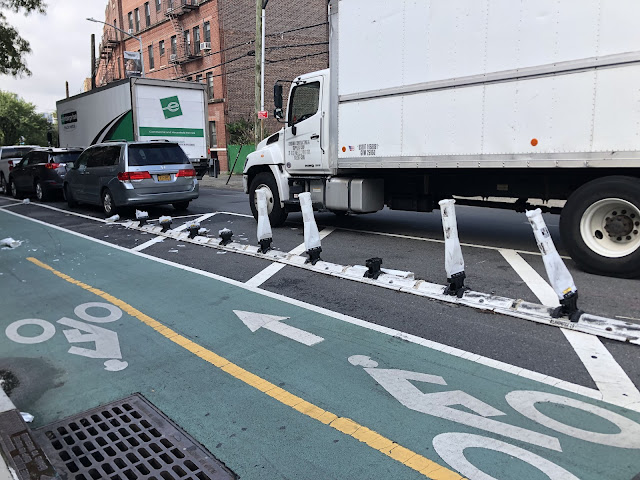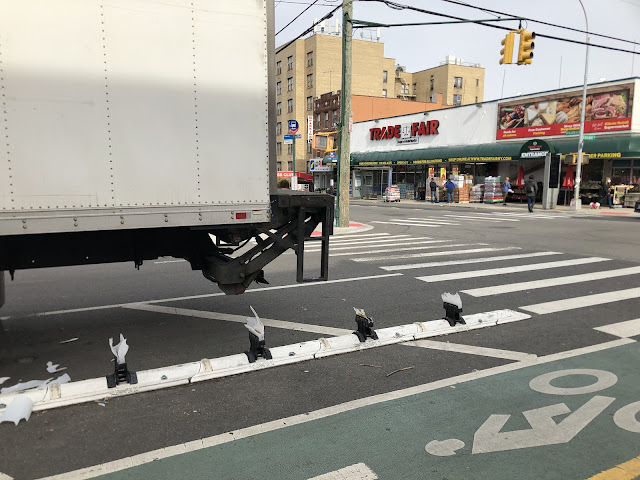He and John Forester would hate each other.
Or would they?
 |
| John Forester in the 1970s. |
Forester, who died nearly five years ago, was best known as the author of Effective Cycling and for his advocacy of vehicular cycling. He accused bike lane advocates of promoting what he called the "cyclist inferiority hypothesis" which, he said, was the product of motordom's propaganda campaign to frighten cyclists off the road.
On the other hand, former "Top Gear" presenter James May says "People on bicycles are really just pedestrians" and that the bicycle is "an elaborate piece of footwear." He decries "vehicle levels of traffic controls for bicycles" he sees in his native Britain.
 |
| James May near his home. |
Another point of contrast: May, so far, has been praised for his point of view. Forester was often vilified though, to be fair, many of his critics reacted to his "shrill, nasty" tone rather than to the substance of his arguments.
But, as with so many whose views seem, on the surface, to be polar opposites, they actually share an important commonality: Forester was, and May is, opposed to much of the "bicycle infrastructure" that's been built.
And their criticisms might look oppositional, but they share a same root concern: that too many bike lanes, signals and such constructed, ostensibly, out of concern for cyclists' safety actually puts us in more danger.
Forester's criticisms of bike lanes mirror my own: that because of their poor design, they make it all but impossible to turn safely and also put cyclists in the line of opening car doors and other hazards. May takes issue with "extremist" measures like bicycle traffic lights. One near his home should instead be a "give way" (or, to us Americans, "yield") sign and allow cyclists to make their judgments. "As long as people cycle in a sympathetic way, and pedestrians are still at the top of the hierarchy--the world belongs to people, not machines--then it ought to work."
 |
| James May, after a charity ride. |
Ah, there's another point of commonality: the notion that motor vehicles don't reign supreme. One could say, however, that Forester advocated for equality between cyclists and motorists while saying nothing about pedestrians, while May, as quoted above, believes that pedestrians (who, in his view, include cyclists) are at the top of the food chain, so to speak.
So, how would James May and John Forester see each other? Of course, we'll never know about Forester and, to my knowledge, May--who is a lifelong cyclist--either doesn't know or doesn't think about him. But I could see both of them pulling up the bollards from a bike lane.














